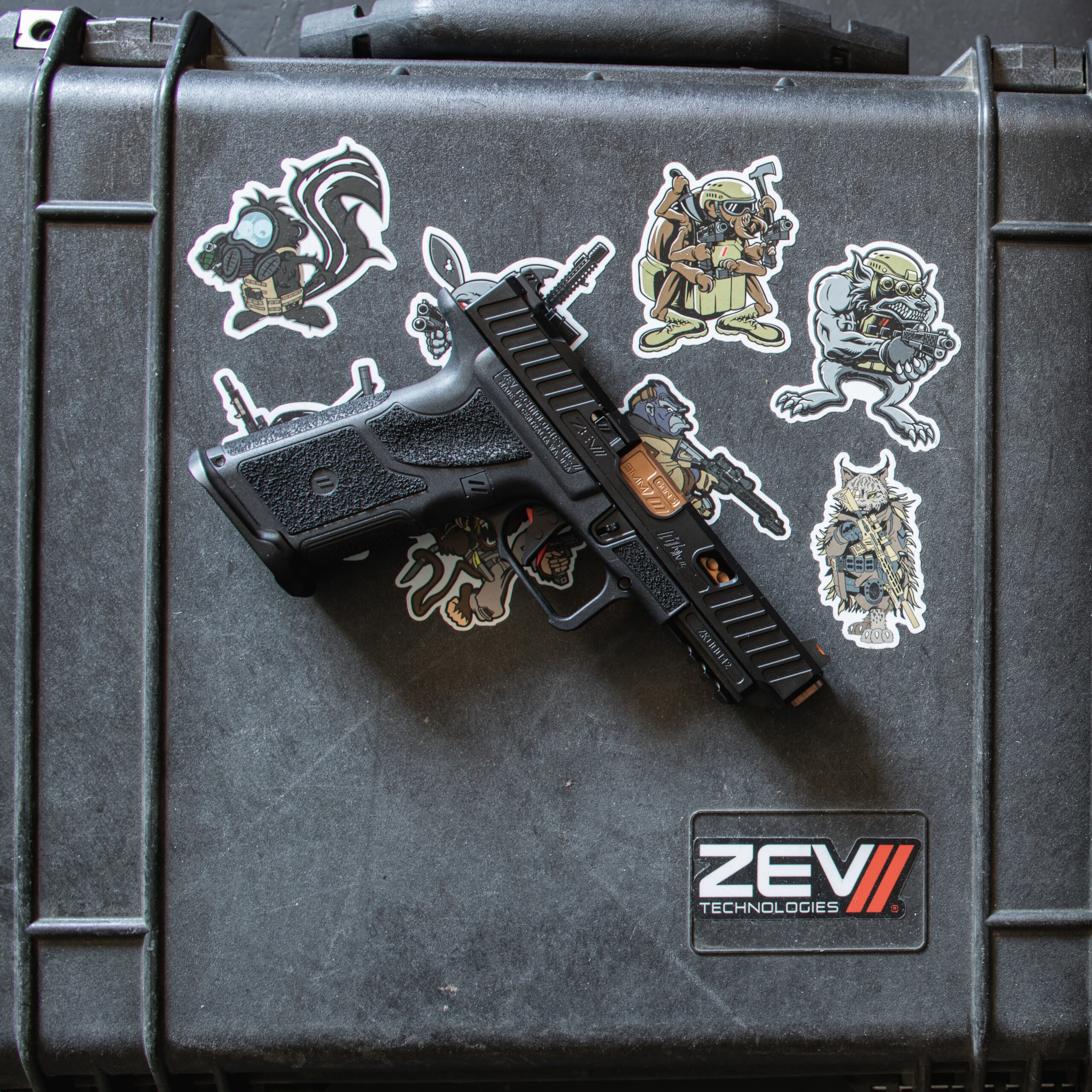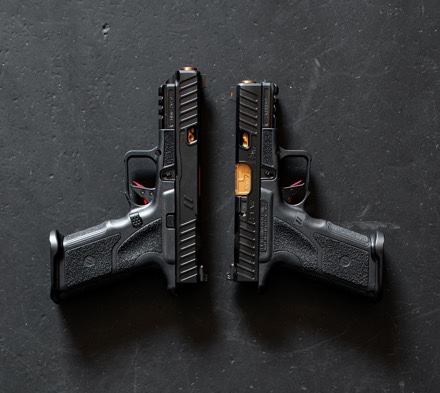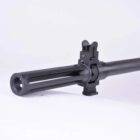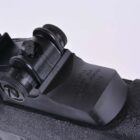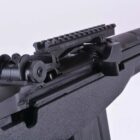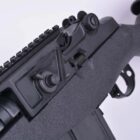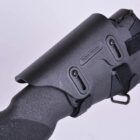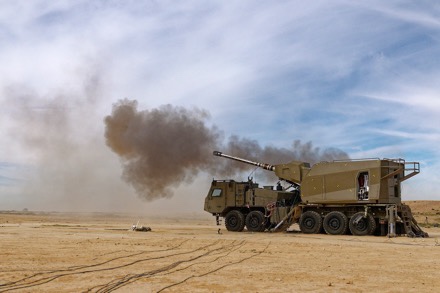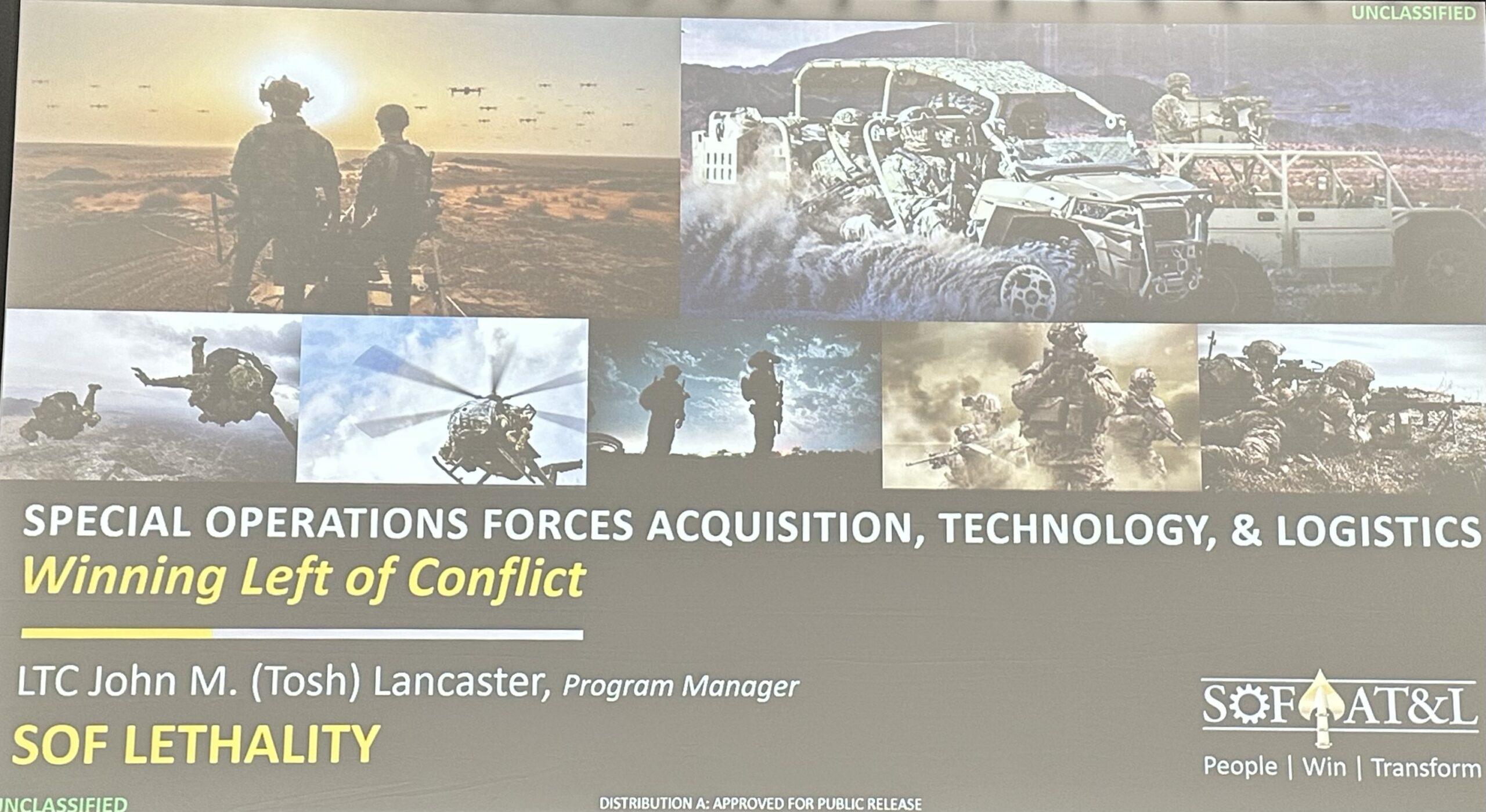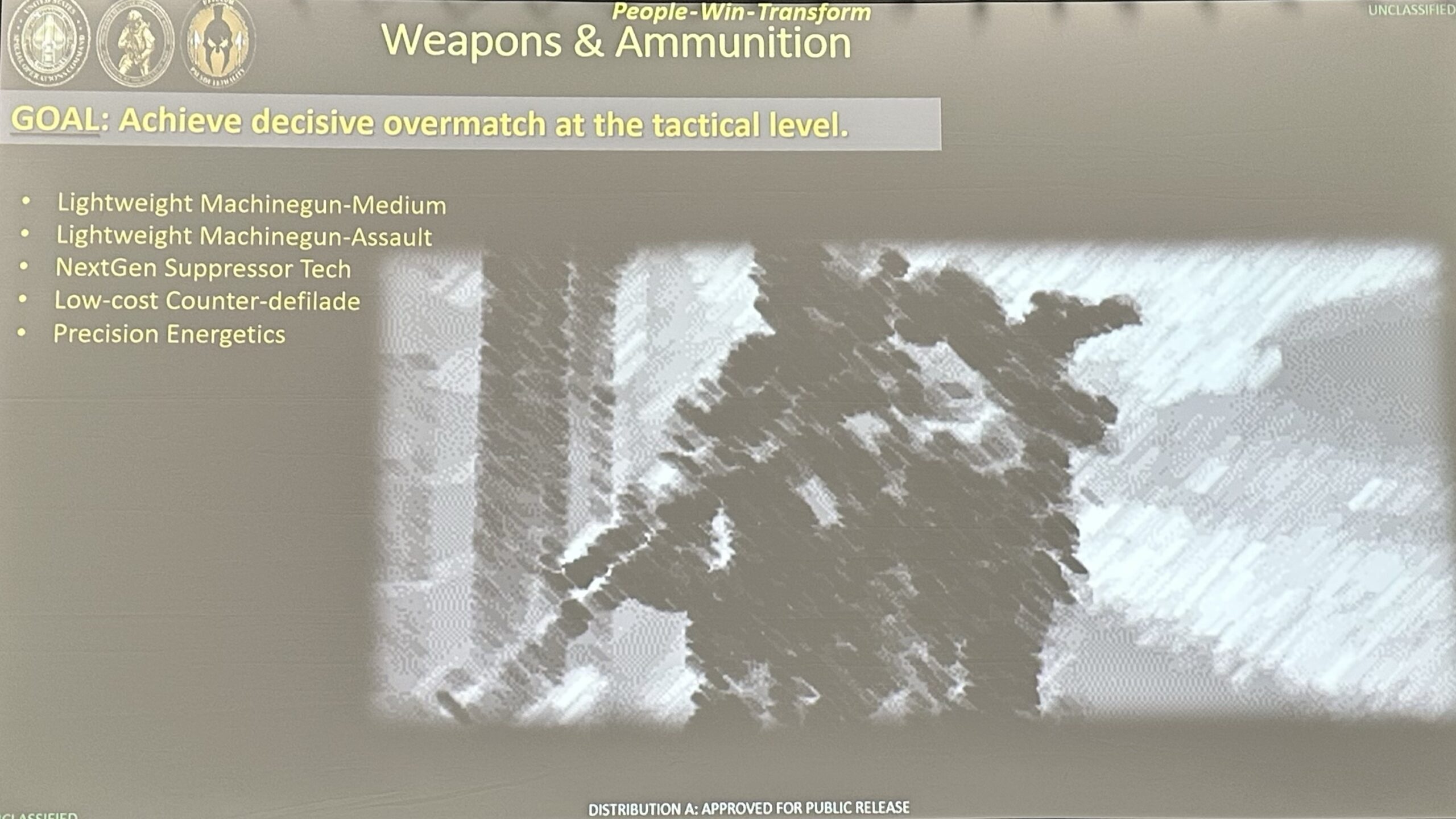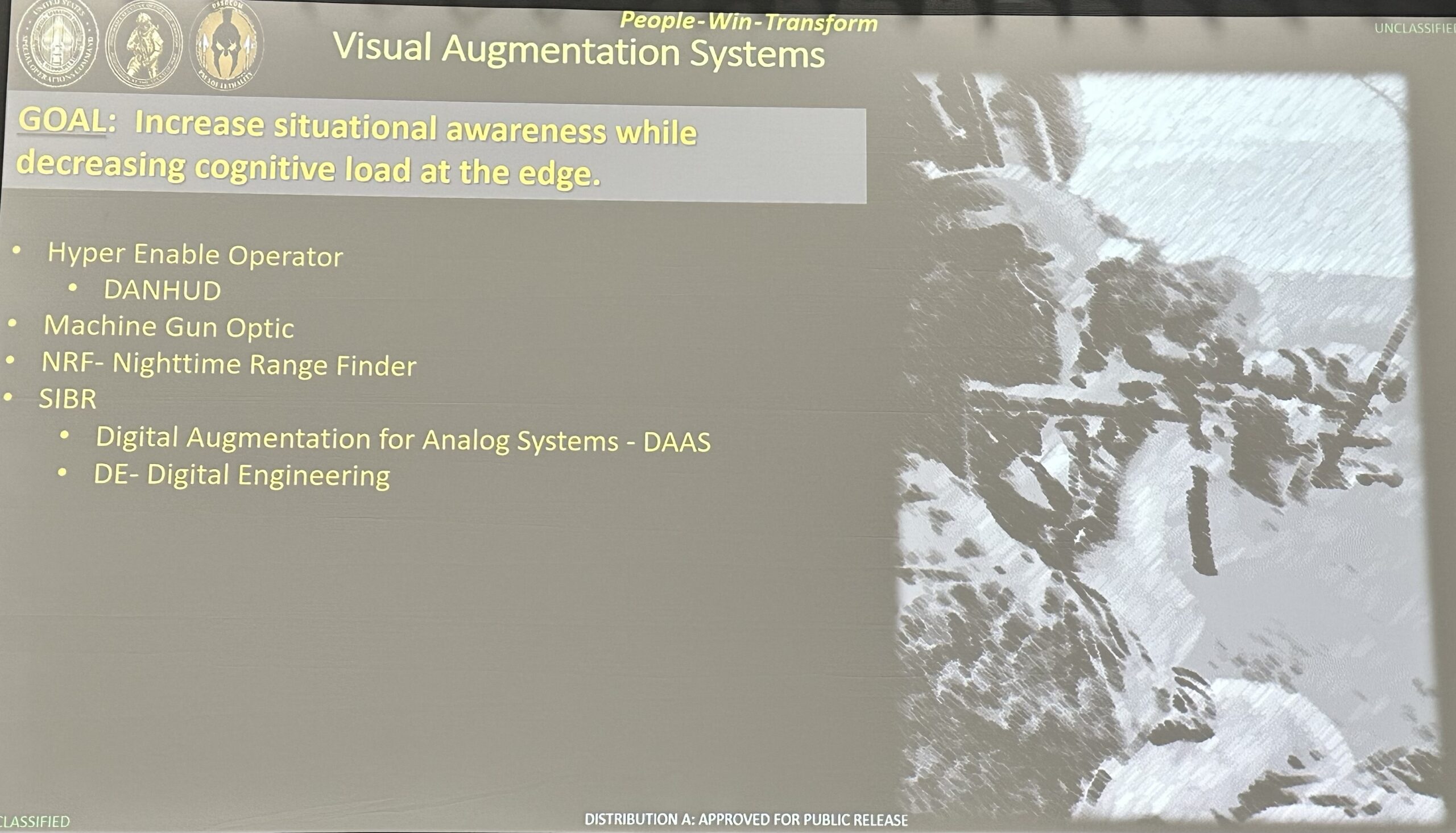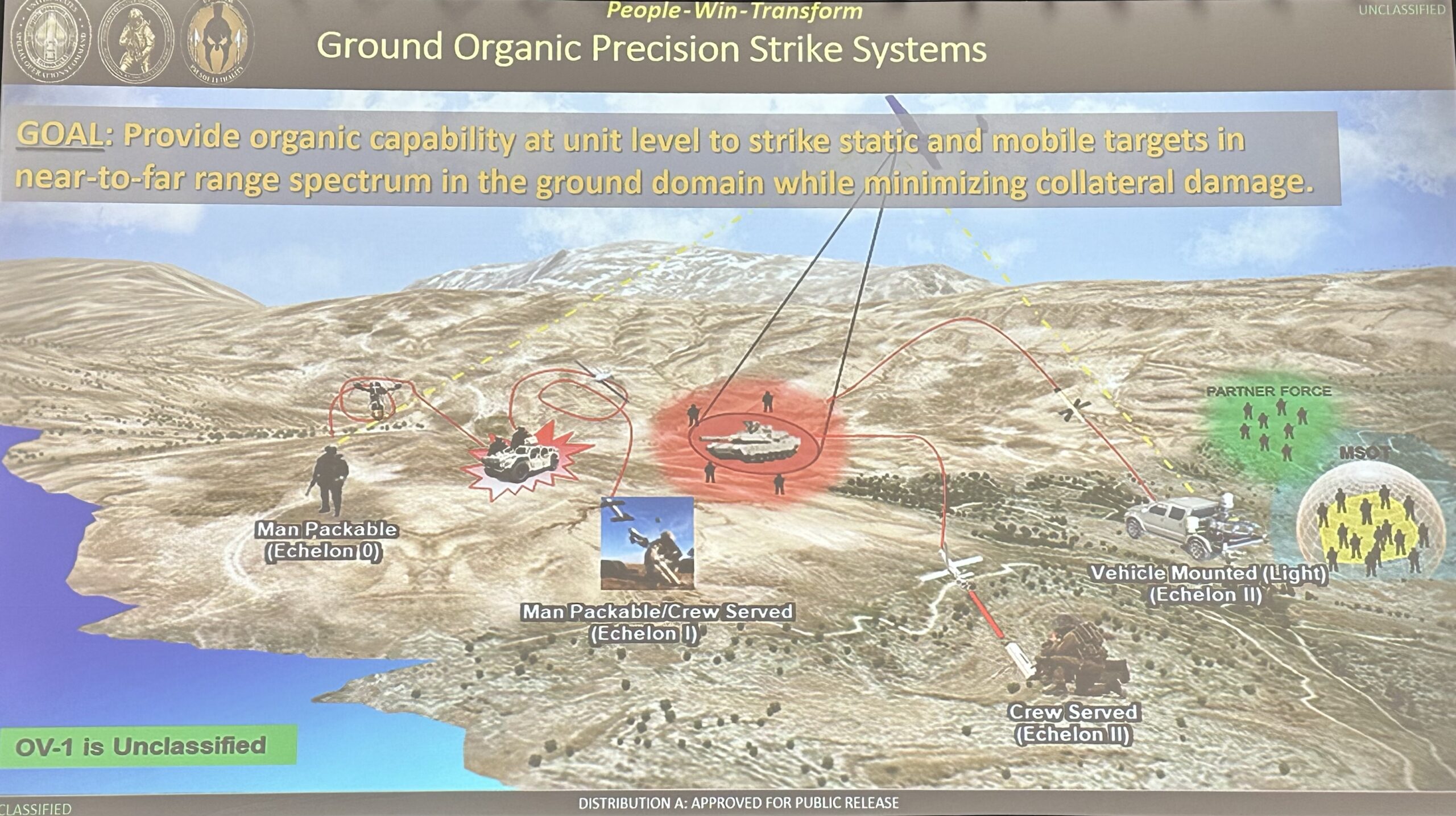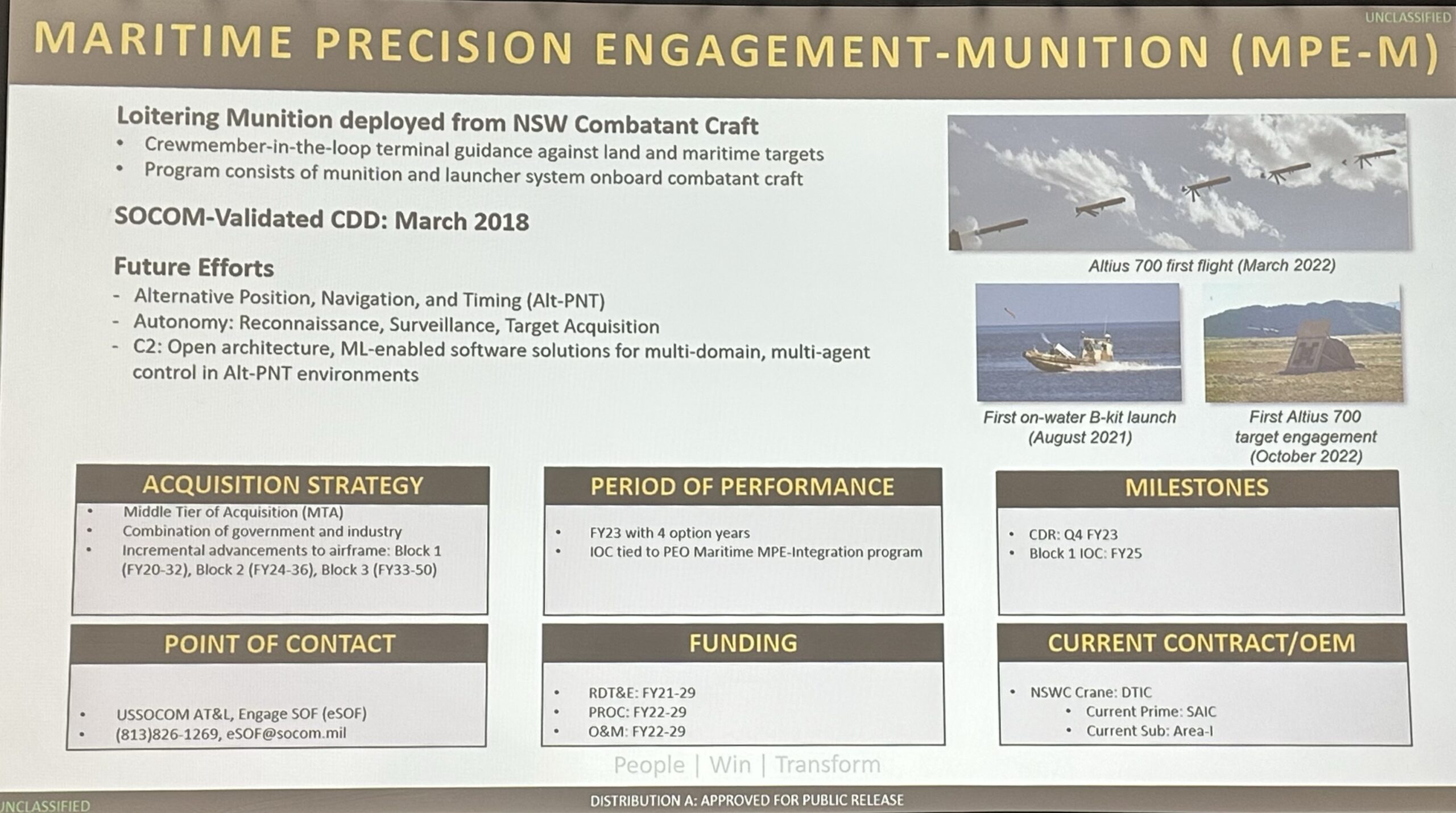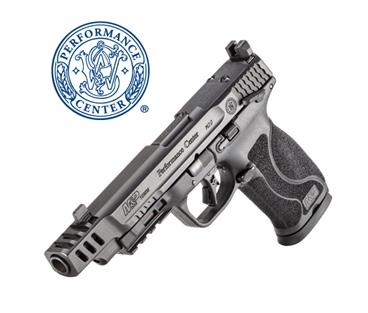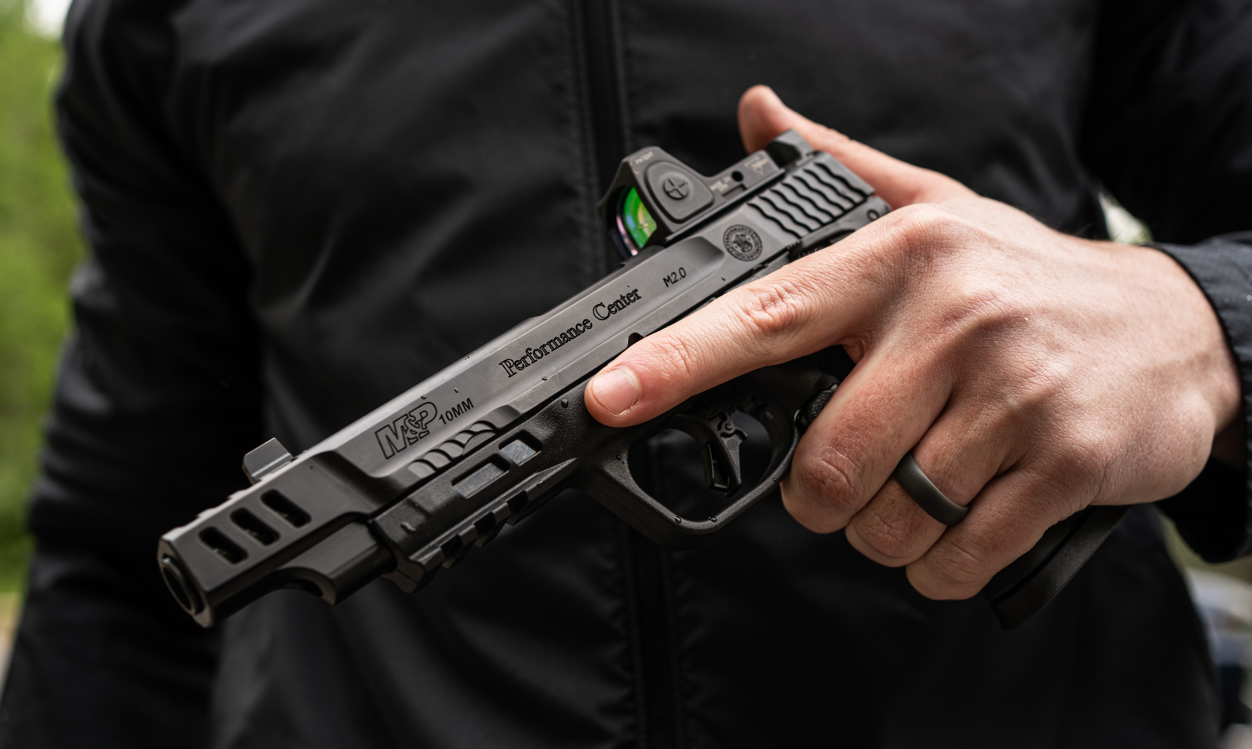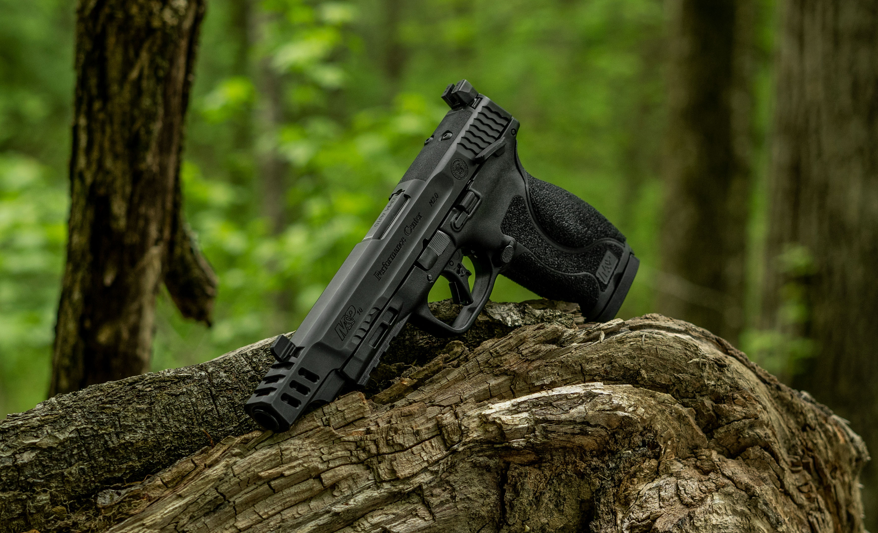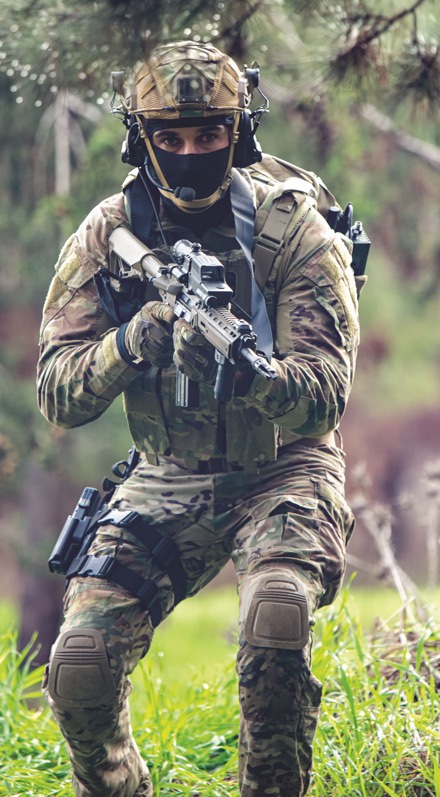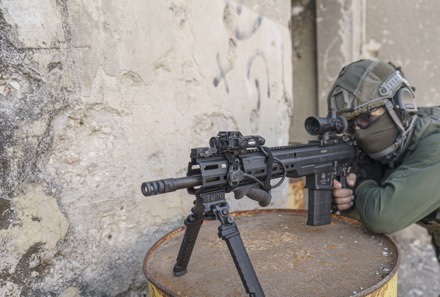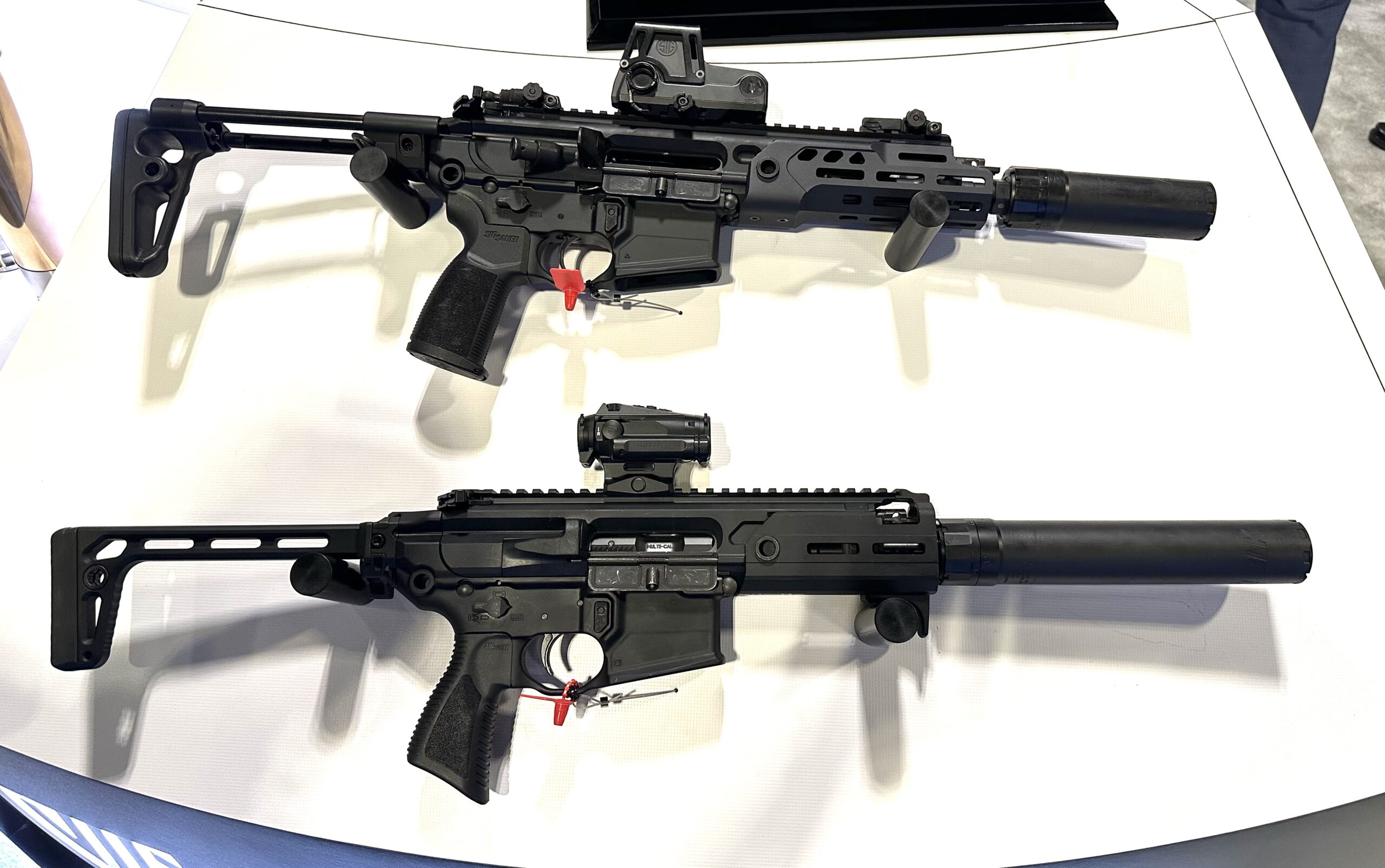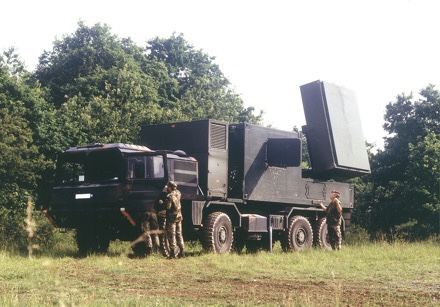[Savage, MD May, 2023] Fulton Armory, a name synonymous with precision, craftsmanship, and reliability in the firearms industry, is thrilled to announce the launch of their latest masterpiece: The Black Hawk DMR. This iconic rifle brings together cutting-edge technology, unrivaled accuracy, and a tribute to one of the nation’s heroes.
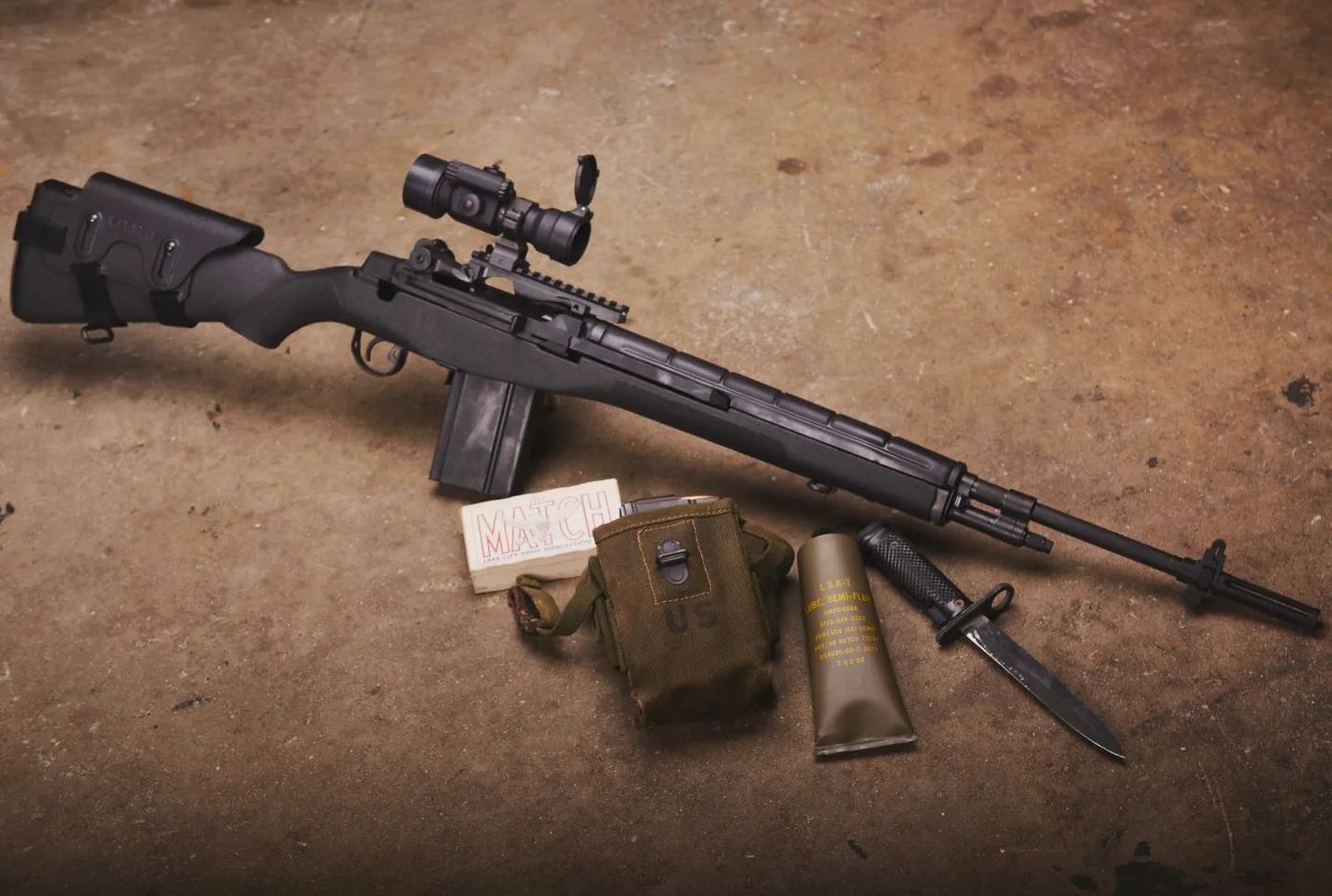
In honor of Randy Shughart’s legacy, Fulton Armory has developed their own iteration of the famous Shughart M14. Crafted with high-quality parts and designed to replicate the look and feel of the original rifle. More than just a “clone” Fulton Armory’s tribute M14 Black Hawk DMR is exactly how they would assemble a Delta Force rifle used during an urban mission to protect a downed Black Hawk helicopter and its crew.
Standard Features
• Receiver: Fulton Armory Receiver M14 marked (Meets All USGI Material & Heat Treat Specifications)
o Scope Mount: Fulton Armory DMR, Steel Picatinny Rail, Professionally Fitted & Installed to Receiver
• Barrel: Fulton Armory, 22″ 1×10, GI Contour, Chrome-Lined, National Match Quality
• Parts: Hand Selected and Fitted GI & True Mil Spec Parts Throughout & Forged FA Gen II Bolt, USGI Op Rod, USGI Trigger Group
o National Match Upgrades:
NM Polished Gas Piston
NM Gas Cylinder with Welded & Modified Front Band
NM Modified Trigger
NM Modified Handguard
• Muzzle Device: National Match Flash Suppressor with Bayonet Lug
• Handguard: FA, Fiberglass Reinforced, Black
• Stock: USGI Fiberglass, hand selected, black texture painted.
• Cheek Piece: Adjustable, Ambidextrous, Kydex Gen II
• Included Accessories: One 10 Round Magazine, Canvas Sling, & Owner’s Manual
• Fulton Armory Precision Guarantee: Under 1.5 MOA (With Federal Gold Medal Match Ammunition)
“We are honored to be able to create both a rifle the customer can cherish and one that pays tribute to a brave individual like Randy Shughart,” said Zachary Tucker, a business developer from Fulton Armory, “Our team has poured their expertise and passion into every detail of this rifle and we think our community will really connect with this rifle much like they did with the Black Hawk Down movie.”
To learn more about the Fulton Armory’s Black Hawk DMR and explore Fulton Armory’s extensive line of exceptional firearms, please visit their website www.fulton-armory.com or contact their customer support team at info@fulton-armory.com. You can also follow them on Facebook and Instagram for additional product releases and information.
